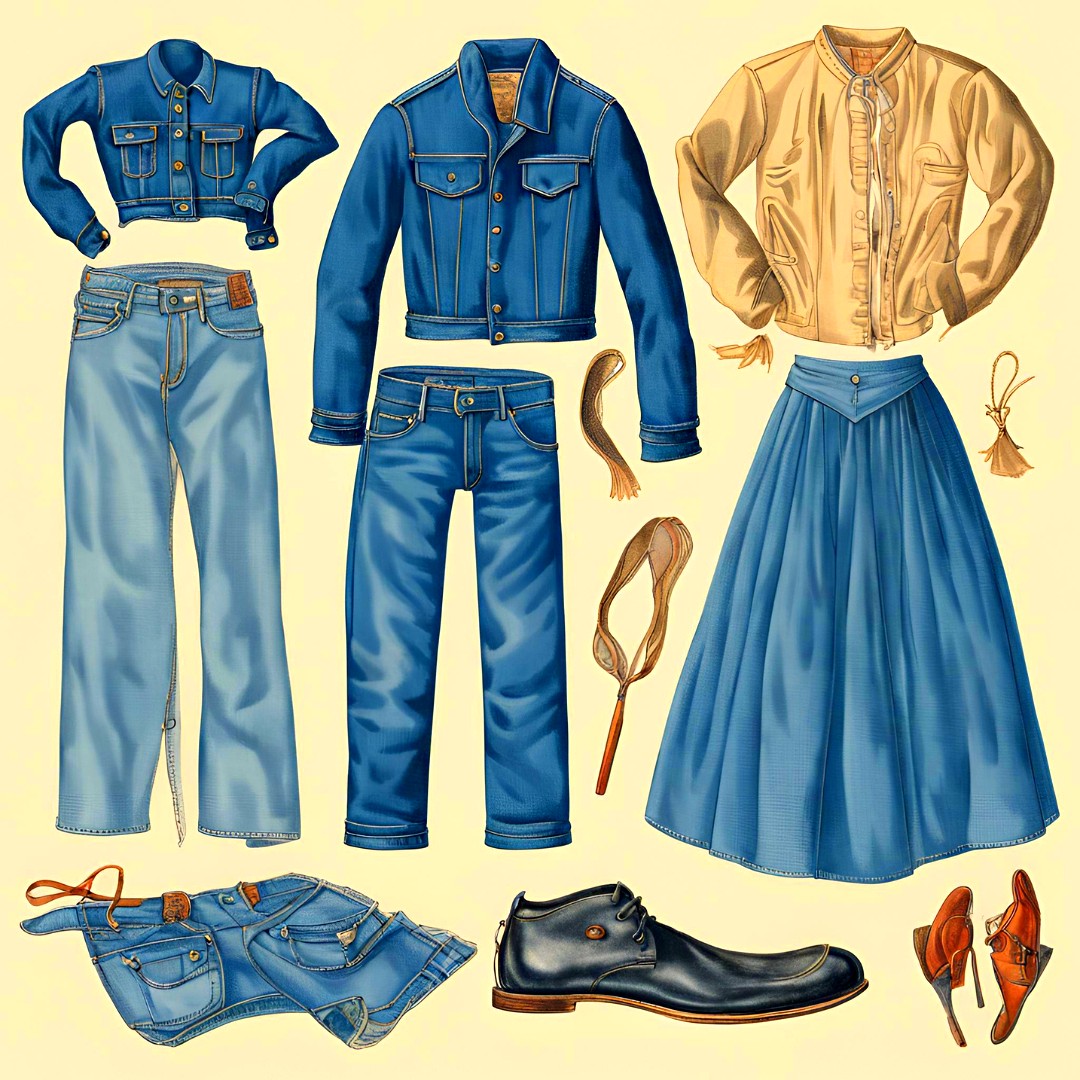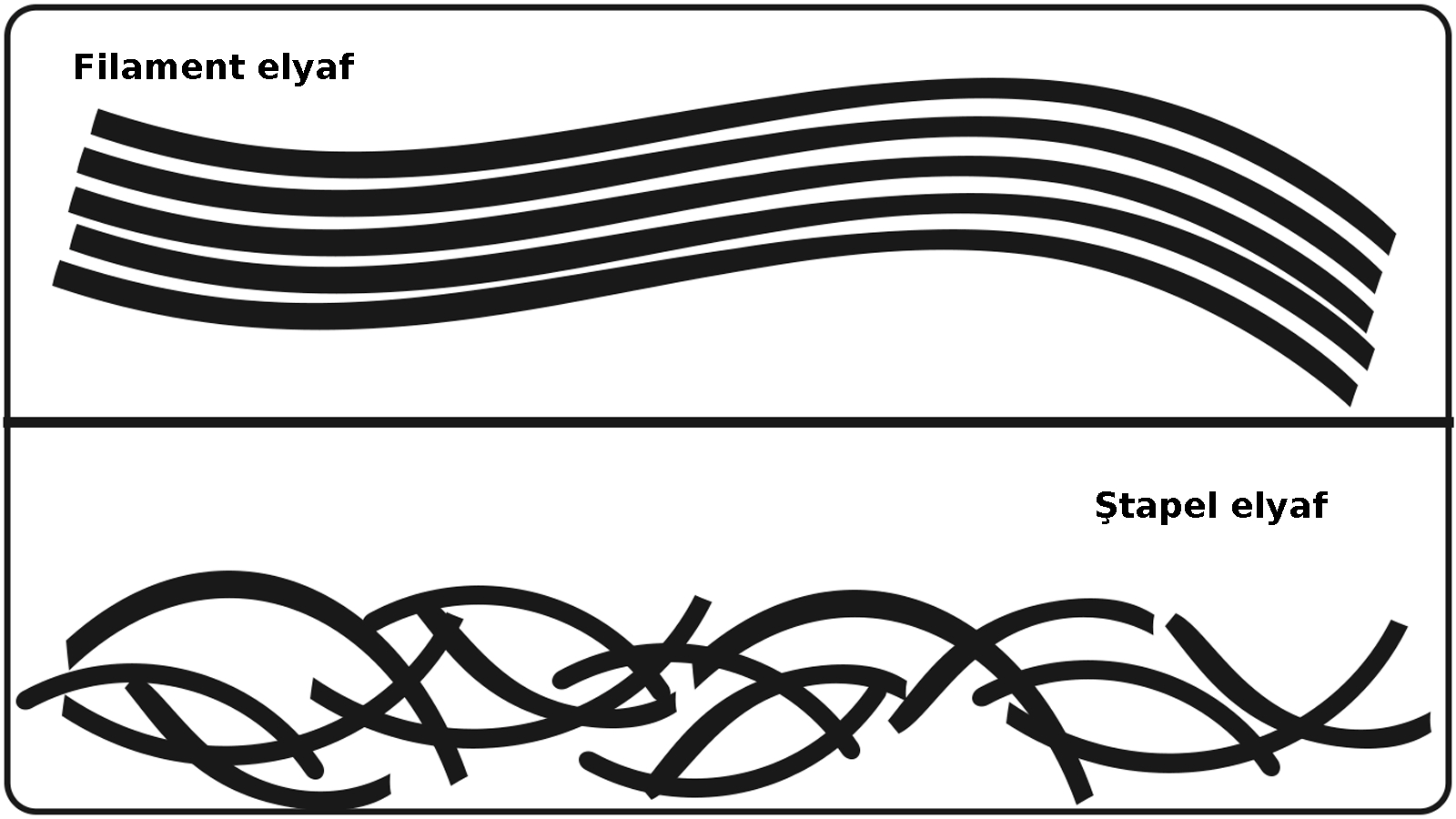Marker Making - Garment Manufacturing
17:55
0 comments
Marker is a diagram of a precise arrangement of pattern pieces for sizes of a specific style that are to be cut from in one spread. Generally marker is meant to a piece of paper, on which all sizes patterns of a garment are drawn so that the required number of garments can be made using the minimum quantity of fabrics (minimum wastage of fabrics). Marker making is the process of determining a most efficient layout of pattern pieces for a style, fabric and distribution of sizes.
Marker width is taken as the minimum fabric width and the length of the marker depends on how many sizes of patterns are used for making the pattern. Some other factors are involved with marker length:
- How many garments will be made with one lay of fabric.
- The length of the cutting table.
- Production planning, etc.
In apparel manufacturing, a marker is a special kind of stencil that illustrates how pattern pieces of one or more garments should be cut from several layers of fabric. The person who arranges the marker is the marker planner. It is the marker planner’s job to arrange the pattern pieces efficiently, wasting as little of the fabric as possible. The percentage of fabric cut into pieces is called the pattern yield (material utilization). When the yield is high, the arrangement of pieces is described as a tight marker.
Marker Efficiency
The success of the jobs a marker man is determined by the marker efficiency. The expression in percentage of the occupied area by the patterns used in a marker in relation to the total area of a marker is called the marker efficiency. Marker efficiency can be measured by the following formula:
Marker Efficiency = (The area of the patterns used in the marker ÷ The area of the marker) × 100
The greater the marker efficiency the lower is the fabric wastage. This means that for making a specific number of garments, comparatively less fabric will be required. About 50% of the cost of a garment is spent for fabric purpose. The meaning of 1% increase of marker efficiency is the addition of the cost of that fabric (less used due to 1% marker efficiency) with the profit. For these reasons the increase of marker efficiency is very much important. So, making marker is an important task in apparel manufacturing process.
Garment markers, spreading, and cutting. Learn about pattern engineering, marker making, and cutting methods:
-
Ayakkabılarda doğru numara seçimi sağlık ve kullanım ömrü açısından önem arz eder. Kesirli Ayakkabı Numaraları Ne Anlama Geliyor? 🤔 Bazı a...
-
Lif kısaltmaları tekstilde elbise üretiminin her aşamasında kullanılır. Tekstil, Kumaş, Lif ve Elyaf Kısaltmaları : Tekstil endüstrisi, lif...
-
Rahat bir kullanım için ayağın genişliği ve uzunluğuna uygun ayakkabıyı seçmek son derece önemlidir. Ayakkabı Genişlik Terimleri: E, F, FX,...
-
İş sağlığı ve güvenliği için bazı işletmelerde pr ayakkabı kullanımı gereklidir. Ayakkabılarda rastladığımız "PR" terimi, İngiliz...
-
Mavi polycotton nevresim takımı. Polycotton , polyester ile pamuğu (cotton) karıştırarak elde edilen, her iki elyafın en iyi performans ...
-
Pamuk kozası. Pamuk , doğal kaynaklı olan en önemli tekstil liflerinden biridir, pamuk bitkisi tek yıllık bir bitkidir ve bitkinin meyve...
-
Ütü parlaması çok yoğun ise elbise kullanılmaz hale gelir. Ütü yaparken özellikle pantolon gibi hassas kıyafetlerde parlama oluşabilir. Ütü...
-
Kumaşın ön yüzünün ve arka yüzünün gösterimi. Kumaş yüzü (Alm. Stoffvorderseite, Fr. front de tissue, İng. fabric face; face of fab...
-
Kumaşta abraj hatası. Abraj ya da dalgalı boyama kusuru (Alm. ungleichmäßige Färbung, Fr. teinture inégale, İng. uneven dyeing), boyanmış ...
-
Krinkıl işlemi görmüş kumaş. Krinkıl ya da k rinkle , polyester veya polyester karışımı kumaşlara uygulanan bu işlem, İngilizce ...
-
Türk tekstil ve hazır giyim sektörü: yerli markaların yükselişi. Türkiye'nin lokomotif sektörlerinden biri olan tekstil ve hazır giyim...
-
Akrilik elyaf, iyi yalıtım özelliğine sahip olmasıyla öne çıkan sentetik bir lif türüdür. Akrilik Elyaf: Tanım ve Özellikler Akrilik, ( Alm....
-
Kumaş numunesi. 1) Yapılarına göre (nasıl yapıldıysa o ismi alır) a) Dokunmamış kumaşlar - Nonwoven , keçeler, kağıt telalar, elyaf, vi...
-
Ünlü Türk modacı ve tasarımcılarının kreasyonları artık dünya moda başkentlerinde sergileniyor. Türkiye'de tekstil ve moda sektörünü...
-
Türk ayakkabı markaları, yerli ham maddeyi mükemmel işçilik ve estetik tasarımlarla birleştiriyor. Türk malı ayakkabı ürünler, kalitesi ve e...
-
Farklı renk ve türdeki kumaş çeşitleri. Kumaş, ipliklerin, çeşitli yöntemlerle bir araya getirilerek oluşturduğu kaplayıcı yüzeylerd...
-
Dünyanın en meşhur modacıları. Dünyaca ünlü modacılar Her sezon önce podyumları sonra da vitrinleri süsleyen özel koleksiyonların arkas...
-
Lif kısaltmaları tekstilde elbise üretiminin her aşamasında kullanılır. Tekstil, Kumaş, Lif ve Elyaf Kısaltmaları : Tekstil endüstrisi, lif...
-
Naylon olarak da bilinen polyamid kumaşlar sentetik kökenli bir kumaş türüdür. Polyamid ya da naylon (Alm. Polyamidfaser, Fr. fibre ...
-
Tekstil ürünlerinin etiketlerinde yıkama, kurutma ve ütüleme ile ilgili semboller bulunur. Tekstil Ürünleri için Tavsiye Edilen Yıkama Tali...














































































































0 yorum:
Yorum Gönder
Merhaba, daha kaliteli bir site için yorumlarınızı bekliyoruz.